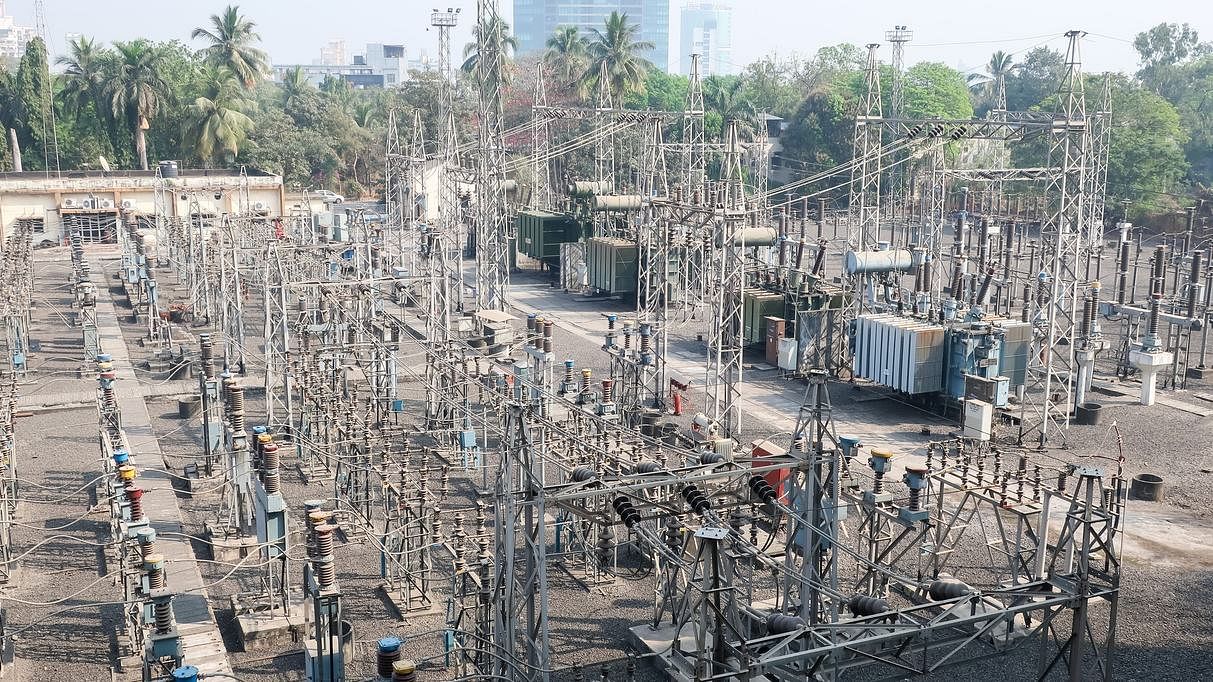
With Maharashtra’s state budget stretched thin by the Covid-19 pandemic, a new analysis suggests significant savings opportunities in the state’s electricity generation sector – up to Rs 16,000 crores over five years and Rs 75,000 crores over the next decade.
The report “Maharashtra’s Energy Transition – A ₹75,000 cr. opportunity” by research group Climate Risk Horizons suggests that the state government can save thousands of crores through three measures: the quick retirement of 4,020 MW of old coal power plants by 2022, halting ongoing construction of the new Bhusawal unit 6 that is surplus to requirements and long term replacement of expensive coal power contracts with cheaper renewable energy by 2030.
The 'Climate Risk Horizons’ report suggests that 4,020 MW of coal plants owned by the Maharashtra State Power Generation Company (MAHAGENCO) could be retired by 2022.
The savings generated can be used to improve efficiency in the electricity system, further reducing subsidy payouts from the government to Maharashtra State Electricity Distribution Co. Ltd (MSEDCL), freeing up resources for other priorities in the health and infrastructure sector.
The Central Electricity Authority and the Central government have both urged the shutdown of older coal power plants across the country.
Older coal plants are typically less efficient, cause more pollution and will need to meet the 2015 air and water emission norms notified by the Ministry of Environment, Forests and Climate Change by 2024 at the latest.
So far, analysts tracking air pollution say that MAHAGENCO has made little progress on installing FGDs for its older plants, of which several are in the pollution hotspots of Nagpur and Chandrapur.
“Retiring these old units (Bhusawal Unit 3, Chandrapur Units 3-7, Khaparkheda Units 1-4, Koradi Unit 6 and 7, Nashik Units 3-5.) instead of incurring the capex to retrofit them will save approximately Rs 2,000 crore in avoided costs. The cost of electricity from these units is far more expensive than today’s competitive tariffs for renewable energy. Replacing the scheduled generation from these old units with cheaper renewable electricity will save another Rs 1,600 cr. annually (Rs 8,000 cr. over a 5 year period)”, said Ashish Fernandes, Lead Analyst at Climate Risk Horizons and author of the report.
“The power surplus situation in the state and country, as well as the advent of cheaper renewable energy, allows the state government significant room to retire these end-of-life assets and generate savings which will benefit the discom and consumers.”
Maharashtra’s coal fleet has been running below 55% Plant Load Factor (the ratio of average power generated by the plant to the maximum power that could have been generated in a given time) for the last four financial years, even before the pandemic- induced slump in economic activity in 2020-21.
The Maharashtra Electricity Regulatory Commission (MERC) multi-year tariff order projects that MSEDCL will have approximately 15% surplus electricity requirement till at least 2025. Moreover, the state’s unconventional energy generation policy is targeting an addition of 17,360 MW of renewable energy over the same period. This makes the task of retiring older plants easier, the report explains.